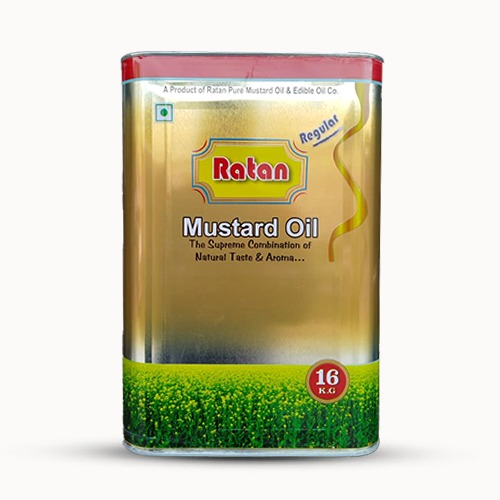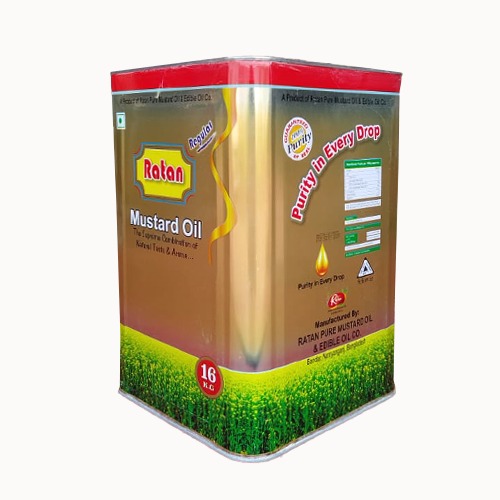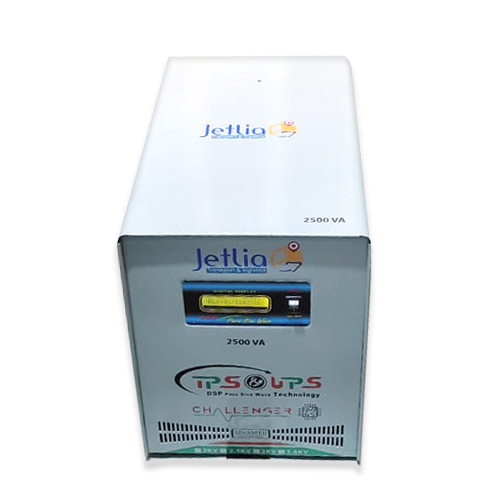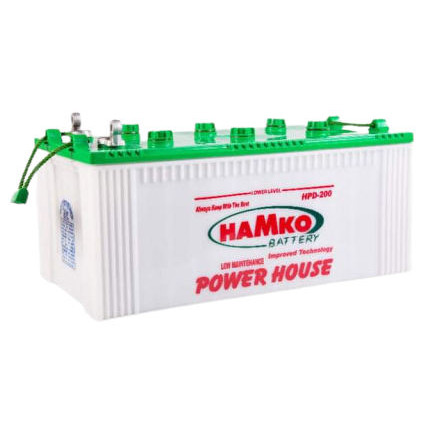Canon imagePROGRAF TM-5350 Single Function Large Format Printer, a state-of-the-art printing solution designed for professionals who require high-quality outputs for CAD drawings, posters, and other large-format applications. This printer is engineered to deliver exceptional performance, making it an essential tool for architects, engineers, and graphic designers.
With a maximum print resolution of 2400 x 1200 dpi, the TM-5350 produces stunningly detailed prints that capture every nuance of your designs. It boasts impressive print speeds, achieving 17 seconds for CAD drawings in A1 landscape format and 32 seconds for A0 portrait drawings in fast mode. For posters, it takes approximately 2 minutes and 33 seconds in standard mode, ensuring that you can meet tight deadlines without sacrificing quality.
The TM-5350 supports a wide range of paper sizes, with a maximum capacity of A0 and media widths ranging from 203.2 mm to 917 mm. It is compatible with both roll paper and cut sheets, allowing for versatile printing options. The printer features a manual duplex printing capability, enabling efficient double-sided printing when needed.
Equipped with 3GB of standard memory, the TM-5350 ensures smooth processing of large files. Connectivity options include USB, LAN, and Wi-Fi, allowing for easy integration into any office setup. The printer also supports mobile printing through Canon’s mobile applications, making it convenient to print directly from smartphones and tablets.
Designed with user-friendliness in mind, the TM-5350 features a sleek black exterior and a compact footprint, measuring 1,285 x 748 x 439 mm. Weighing 50 kg, it is robust yet manageable for various workspaces.
Backed by a one-year limited warranty, the Canon imagePROGRAF TM-5350 is a reliable and high-performance printer that meets the demands of professionals seeking quality and efficiency in large-format printing. Elevate your printing capabilities with this exceptional device, designed to deliver outstanding results every time.
Canon imagePROGRAF TM-5350 Single Function Large Format Printer
| General | ||
| Functions | Print Only | |
| Printer Type | Single Function Large Format Printer | |
| Output Color | Color | |
| Technology | Ink | |
| Print Speed | CAD Drawing (A1 Landscape, Fast Q5 mode): 17 sec CAD Drawing (A0 Portrait, Fast Q5 mode): 32 sec Poster (A0 Portrait, Standard mode): 2 min 33 sec |
|
| Print Resolution | 2400 x 1200dpi | |
| Duplex | Manual | |
| Paper Information | ||
| Paper Size | Paper Size Max: A0 | |
| Paper Type | Roll Paper: One Roll, Top Load, Front Output Cut Sheet: Top Load, Front Output Media Width (Roll/Cut Sheet): Roll Width: 203.2 ~ 917 mm; Cut Sheet Width: 203.2 ~ 917 mm |
|
| Paper Weight | Media Thickness (Roll/Cut Sheet): 0.07 ~ 0.8 mm Roll Paper: 203.2 mm Cut Sheet: 279.4 mm |
|
| ADF | No | |
| Technical Specs | ||
| Memory | Standard Memory: 3GB | |
| Connectivity | USB, LAN, Wi-Fi | |
| Power Consumption | Printing: 65W or less Power Supply: AC 100 – 240 V, 50 – 60 Hz |
|
| Physical Specs | ||
| Color | Black | |
| Dimension | Main Unit: 1,285 x 748 x 439 mm (Operation panel is not tilt up)
Main Unit + Printer Stand + Basket (SD-35): |
|
| Weight | Main Unit: 50 kg Main Unit + Printer Stand + Basket (SD-26): 65 kg |
|
| Support | ||
| Toner/ Cartridge/ Refill | Magenta: PFI-8121 (130 ml)/PFI-8321 (300 ml) Matt Black/Black/Cyan/Yellow: PFI-8120 (130 ml)/PFI-8320 (300 ml) |
|
| Warranty Information | ||
| Warranty | 1-year Limited warranty, an Adapter/Power Cable with no warranty, and also a Box Mandatory While Claiming | |
300,000.00৳
15
People watching this product now!
Product Description
Canon imagePROGRAF TM-5350 Single Function Large Format Printer
| General | ||
| Functions | Print Only | |
| Printer Type | Single Function Large Format Printer | |
| Output Color | Color | |
| Technology | Ink | |
| Print Speed | CAD Drawing (A1 Landscape, Fast Q5 mode): 17 sec CAD Drawing (A0 Portrait, Fast Q5 mode): 32 sec Poster (A0 Portrait, Standard mode): 2 min 33 sec |
|
| Print Resolution | 2400 x 1200dpi | |
| Duplex | Manual | |
| Paper Information | ||
| Paper Size | Paper Size Max: A0 | |
| Paper Type | Roll Paper: One Roll, Top Load, Front Output Cut Sheet: Top Load, Front Output Media Width (Roll/Cut Sheet): Roll Width: 203.2 ~ 917 mm; Cut Sheet Width: 203.2 ~ 917 mm |
|
| Paper Weight | Media Thickness (Roll/Cut Sheet): 0.07 ~ 0.8 mm Roll Paper: 203.2 mm Cut Sheet: 279.4 mm |
|
| ADF | No | |
| Technical Specs | ||
| Memory | Standard Memory: 3GB | |
| Connectivity | USB, LAN, Wi-Fi | |
| Power Consumption | Printing: 65W or less Power Supply: AC 100 – 240 V, 50 – 60 Hz |
|
| Physical Specs | ||
| Color | Black | |
| Dimension | Main Unit: 1,285 x 748 x 439 mm (Operation panel is not tilt up)
Main Unit + Printer Stand + Basket (SD-35): |
|
| Weight | Main Unit: 50 kg Main Unit + Printer Stand + Basket (SD-26): 65 kg |
|
| Support | ||
| Toner/ Cartridge/ Refill | Magenta: PFI-8121 (130 ml)/PFI-8321 (300 ml) Matt Black/Black/Cyan/Yellow: PFI-8120 (130 ml)/PFI-8320 (300 ml) |
|
| Warranty Information | ||
| Warranty | 1-year Limited warranty, an Adapter/Power Cable with no warranty, and also a Box Mandatory While Claiming | |
300,000.00৳
20
People watching this product now!
Description
Description
Canon imagePROGRAF TM-5350 Single Function Large Format Printer, a state-of-the-art printing solution designed for professionals who require high-quality outputs for CAD drawings, posters, and other large-format applications. This printer is engineered to deliver exceptional performance, making it an essential tool for architects, engineers, and graphic designers.
With a maximum print resolution of 2400 x 1200 dpi, the TM-5350 produces stunningly detailed prints that capture every nuance of your designs. It boasts impressive print speeds, achieving 17 seconds for CAD drawings in A1 landscape format and 32 seconds for A0 portrait drawings in fast mode. For posters, it takes approximately 2 minutes and 33 seconds in standard mode, ensuring that you can meet tight deadlines without sacrificing quality.
The TM-5350 supports a wide range of paper sizes, with a maximum capacity of A0 and media widths ranging from 203.2 mm to 917 mm. It is compatible with both roll paper and cut sheets, allowing for versatile printing options. The printer features a manual duplex printing capability, enabling efficient double-sided printing when needed.
Equipped with 3GB of standard memory, the TM-5350 ensures smooth processing of large files. Connectivity options include USB, LAN, and Wi-Fi, allowing for easy integration into any office setup. The printer also supports mobile printing through Canon’s mobile applications, making it convenient to print directly from smartphones and tablets.
Designed with user-friendliness in mind, the TM-5350 features a sleek black exterior and a compact footprint, measuring 1,285 x 748 x 439 mm. Weighing 50 kg, it is robust yet manageable for various workspaces.
Backed by a one-year limited warranty, the Canon imagePROGRAF TM-5350 is a reliable and high-performance printer that meets the demands of professionals seeking quality and efficiency in large-format printing. Elevate your printing capabilities with this exceptional device, designed to deliver outstanding results every time.
Reviews (0)
Rated 0 out of 5
0 reviews
Rated 5 out of 5
0
Rated 4 out of 5
0
Rated 3 out of 5
0
Rated 2 out of 5
0
Rated 1 out of 5
0
Be the first to review “Canon imagePROGRAF TM-5350 Single Function Large Format Printer” Cancel reply
Customer Reviews
Rated 0 out of 5
0 reviews
Rated 5 out of 5
0
Rated 4 out of 5
0
Rated 3 out of 5
0
Rated 2 out of 5
0
Rated 1 out of 5
0
Reviews
Clear filtersThere are no reviews yet.
Be the first to review “Canon imagePROGRAF TM-5350 Single Function Large Format Printer” Cancel reply
Online Sports Nutrition and Natural Dietetics.
Chances are there wasn't collaboration, communication, and checkpoints, there wasn't a process agreed upon or specified with the granularity required. It's content strategy gone awry right from the start. Forswearing the use of Lorem Ipsum wouldn't have helped, won't help now. It's like saying you're a bad designer, use less bold text, don't use italics in every other paragraph. True enough, but that's not all that it takes to get things back on track.
The villagers are out there with a vengeance to get that Frankenstein
You made all the required mock ups for commissioned layout, got all the approvals, built a tested code base or had them built, you decided on a content management system, got a license for it or adapted:
- The toppings you may chose for that TV dinner pizza slice when you forgot to shop for foods, the paint you may slap on your face to impress the new boss is your business.
- But what about your daily bread? Design comps, layouts, wireframes—will your clients accept that you go about things the facile way?
- Authorities in our business will tell in no uncertain terms that Lorem Ipsum is that huge, huge no no to forswear forever.
- Not so fast, I'd say, there are some redeeming factors in favor of greeking text, as its use is merely the symptom of a worse problem to take into consideration.
- Websites in professional use templating systems.
- Commercial publishing platforms and content management systems ensure that you can show different text, different data using the same template.
- When it's about controlling hundreds of articles, product pages for web shops, or user profiles in social networks, all of them potentially with different sizes, formats, rules for differing elements things can break, designs agreed upon can have unintended consequences and look much different than expected.
This is quite a problem to solve, but just doing without greeking text won't fix it. Using test items of real content and data in designs will help, but there's no guarantee that every oddity will be found and corrected. Do you want to be sure? Then a prototype or beta site with real content published from the real CMS is needed—but you’re not going that far until you go through an initial design cycle.























Reviews
Clear filtersThere are no reviews yet.